Drametse Lakhang Temples, monasteries, stupas and sacred places are sprinkled all over the Bhutanese landscape. No wonder that the chime of bells from the prayer wheels, echoes of ritual trumpets and booms of ritual drums are melodies that treats the Bhutanese ears. These religious structures and sacred sites are soaked in myths, legends and history. And, it is exactly these elements behind each sacred place that makes it distinct, extraordinary and revered. The history of the lhakhangs, gonpas and nyes dates back to the 7th century when the Tibetan King Songtsen Gampo built 108 temples throughout the Himalayan region to subdue a demoness. The two main temples built in Bhutan are Jampa lhakhang in Bumthang and Kyichu lhakhang in Paro. This was followed by the contributions of many other religious figures. The Indian tantric master Guru Rinpoche during his visit to Bhutan in the mid 8th century identified many sacred places and predicted construction of many religious structures...
Posts
Showing posts from June, 2023
ཚིག་བཀོད་མཁན།
Tashi Dorji
བཙུགས་ཚེས།
Gomphu Kora: The Great Circumambulation at Gomphu. Gomphu Kora lies in the heart of the agrarian belt of eastern Bhutan. It is 23 kilometres from Trashigang Dzong, the headquarters of Bhutan’s most populous district, and two kilometers from Duksum, a quaint hamlet consisting of a few shops. The headquarters of Trashiyangtse Dzongkhag is located a further 33 kilometers away. Gomphu Kora Gomphu Kora is one of these sites. In sheer sanctity, it is in the league of the Taktshang in Paro, Sengye Dzong in Lhuentse and Kurjey Lhakhang in Bumthang. In terms of historical antecedents, it is perhaps unequalled. Buddhist scholars say that the site has been blessed with indefinite virtues and prayers: a mere visit cleanses one of sins, fulfill wishes and guides the path to Nirvana (liberation from the cycle of existence). They also point out that a single circumambulation at Gomphu Kora brings more spiritual merits to the devotees than reciting the divine mantra “Om Mani Padma Hung” or “O...
- Get link
- X
- Other Apps
ཚིག་བཀོད་མཁན།
Tashi Dorji
བཙུགས་ཚེས།
Yongla Pelri Gonpa One of the most well known monasteries under Pemagatshel district in eastern Bhutan is the Pelri Gonpa, built in 1736, widely known today as Yongla Gonpa. It is located on top of a mountain and as one travels over the national highway linking Samdrup Jongkhar to Trashigang, one can catch a glimpse of the temple at the junction known as Tshelingkhor where the road diverts and leads to Pema Gatshel. From this junction it is a half an hour drive to the monastery. Yongla Pelri Gonpa The founder of the monastery Kheydrup Jigme Kundel was from Darlung Kha in Wang, Thimphu in the 18th century. In a dream Khandro Dechen Gyalmo appeared to him on one fateful night and informed him that this was not the destined place. Guided by this vision he finally reached Yongla in Pemagatshel. On reaching Yongla he found the landscape very similar to that of Tsari in Tibet and he asked the spirit to confirm him in his beliefs that this was indeed the correct site foretold by his master...
- Get link
- X
- Other Apps
ཚིག་བཀོད་མཁན།
Tashi Dorji
བཙུགས་ཚེས།
Dolung Goenpa Dolung Gonpa is located above Rinchenling shedra (monastic school) in Khotokha village. The village is half a day’s walk from the road point at Chuzomsa. Another means of travel is by ropeway which operates from the road point till Tashila. Khotokha village is one hour walk from Tashila. The temple is half an hour walk uphill from Khotokha village situated in the midst of woods overlooking the magnificent plains of the village. The history of Dolung Gonpa is linked with the 2nd Je Khenpo Sonam Yozer who was born in the mid-seventeenth century. He was called Kuenkhen- all knowing lord of the doctrine because his understanding and explication of the dharma was so exquisitely vast and profound. From a very young age as a child Sonam Yozer did not like the play of worldly affairs and instead talked many things on religion. By 13 years of age, he left his hometown and traveled to Chari monastery. There he met two prominent figures – Zhabdrung Ngawang Namgyal and Lhawa...
- Get link
- X
- Other Apps
ཚིག་བཀོད་མཁན།
Tashi Dorji
བཙུགས་ཚེས།
Bokha Dzong Bokha Dzong is twenty minutes walk from Khaling town in Trashigang district. One has to cross the National Institute of the Disabled and Dawzor village to reach the Dzong. Bokha Dzong, the fortress like temple stands tall amid the corn fields surrounded by the village of Dawzor. Legend states that an Indian saint known as Jadrung visited the place where the Bokha Dzong now stands. The same site was also visited by Aum (Lady) Jomo and Meme (old man) Dangling the guardian deities of Merak and Khaling. The year of its establishment is not known. However, the cracks along the walls and the dilapidated paintings seem close to medieval age. The clothes worn by Meme Dangling and a mask of Aum Jomo are kept sealed in a wooden box opened only by his descendents. Meme Dorji from Khaling (a direct descendant of Meme Dangling) is the only one authorized to open the box and he does so on the 14th day of the 4th and 10th months for the benefit of the public. According to a le...
- Get link
- X
- Other Apps
I LOVE MY COUNTRY
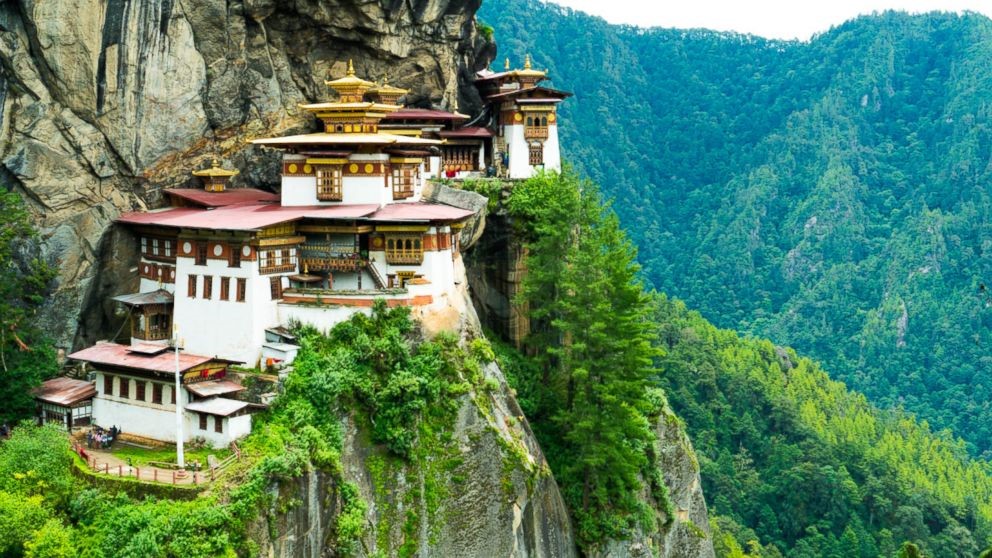
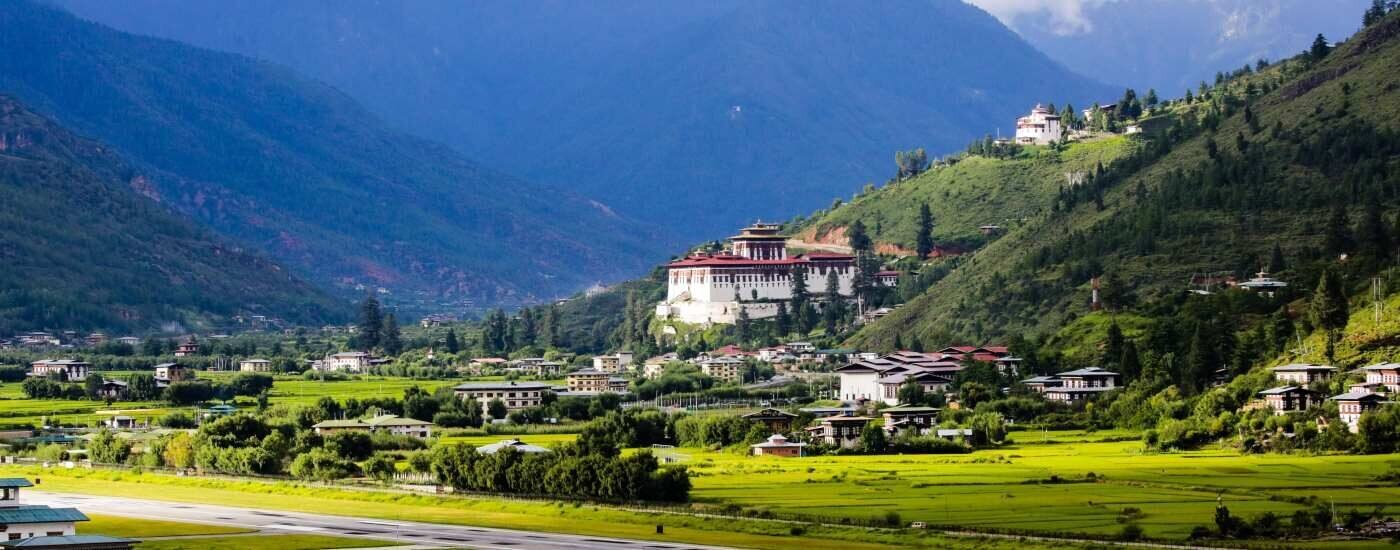
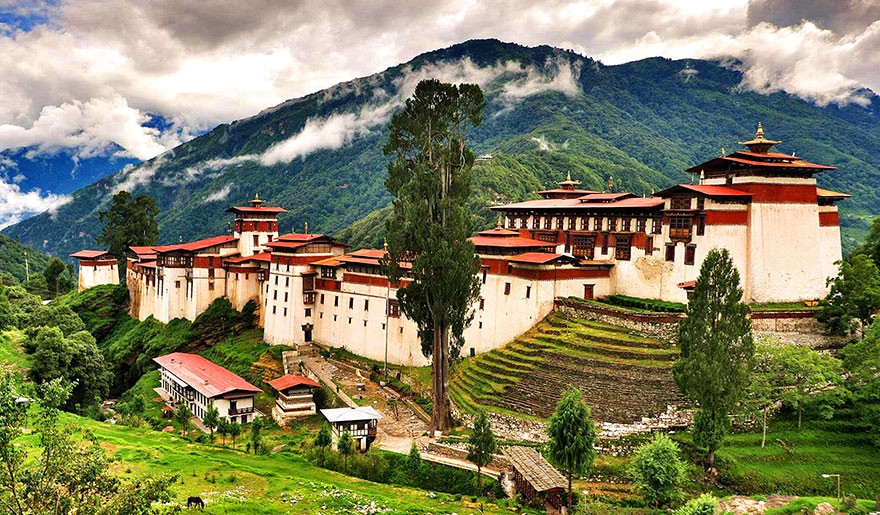
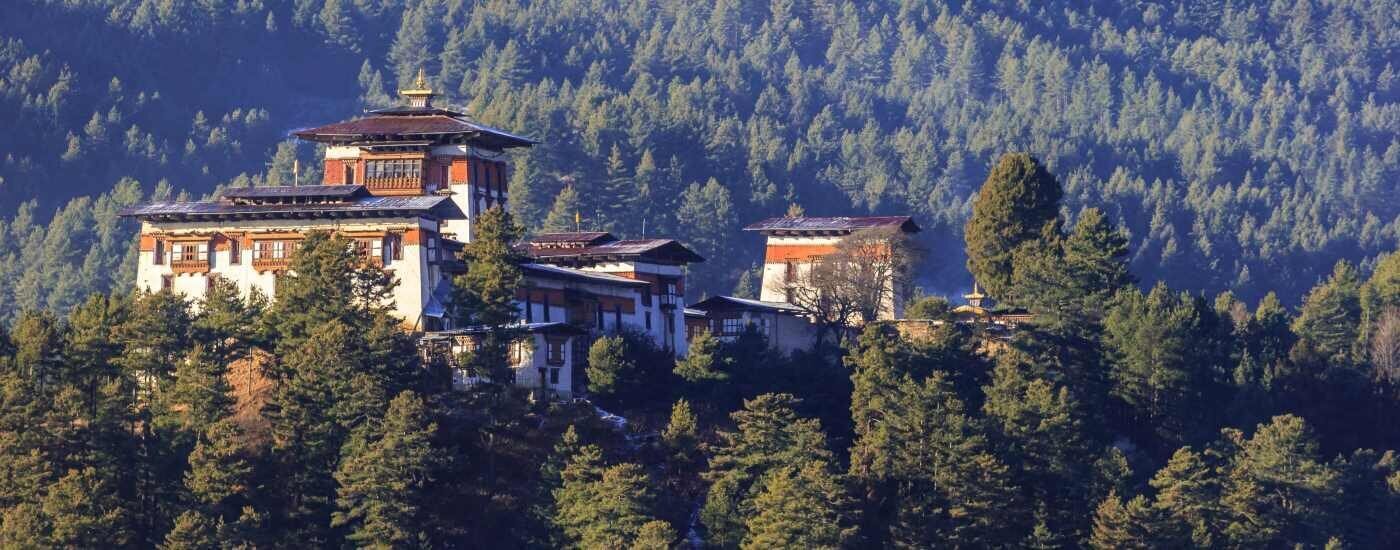
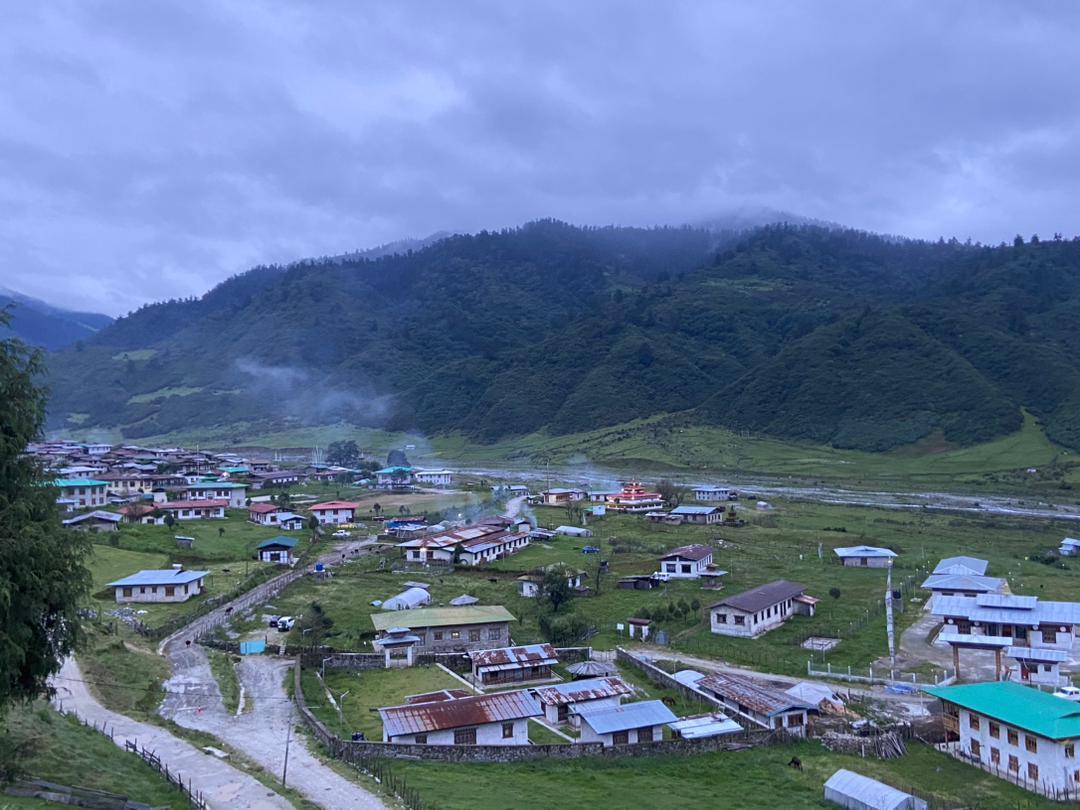
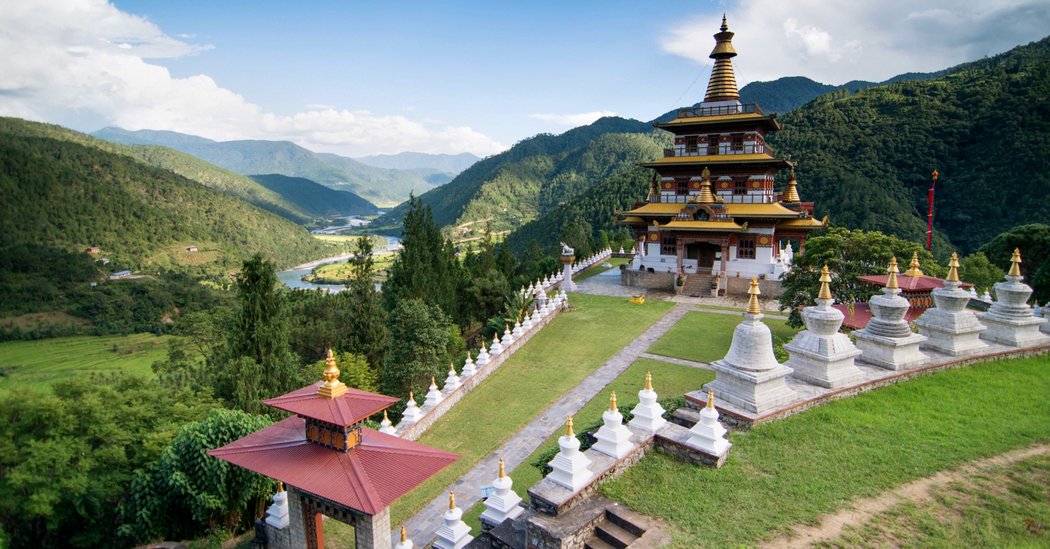
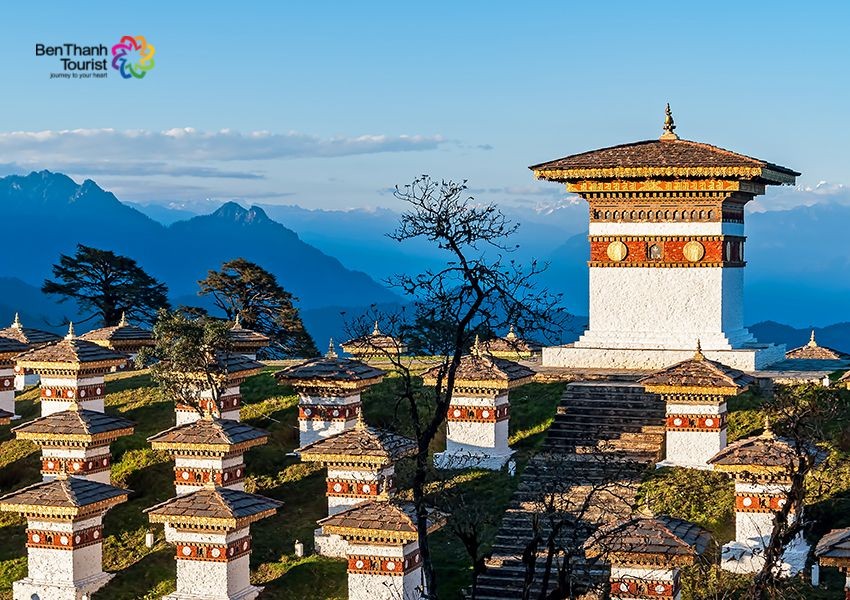
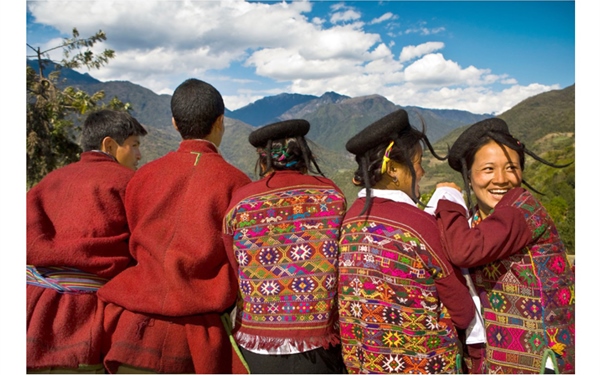
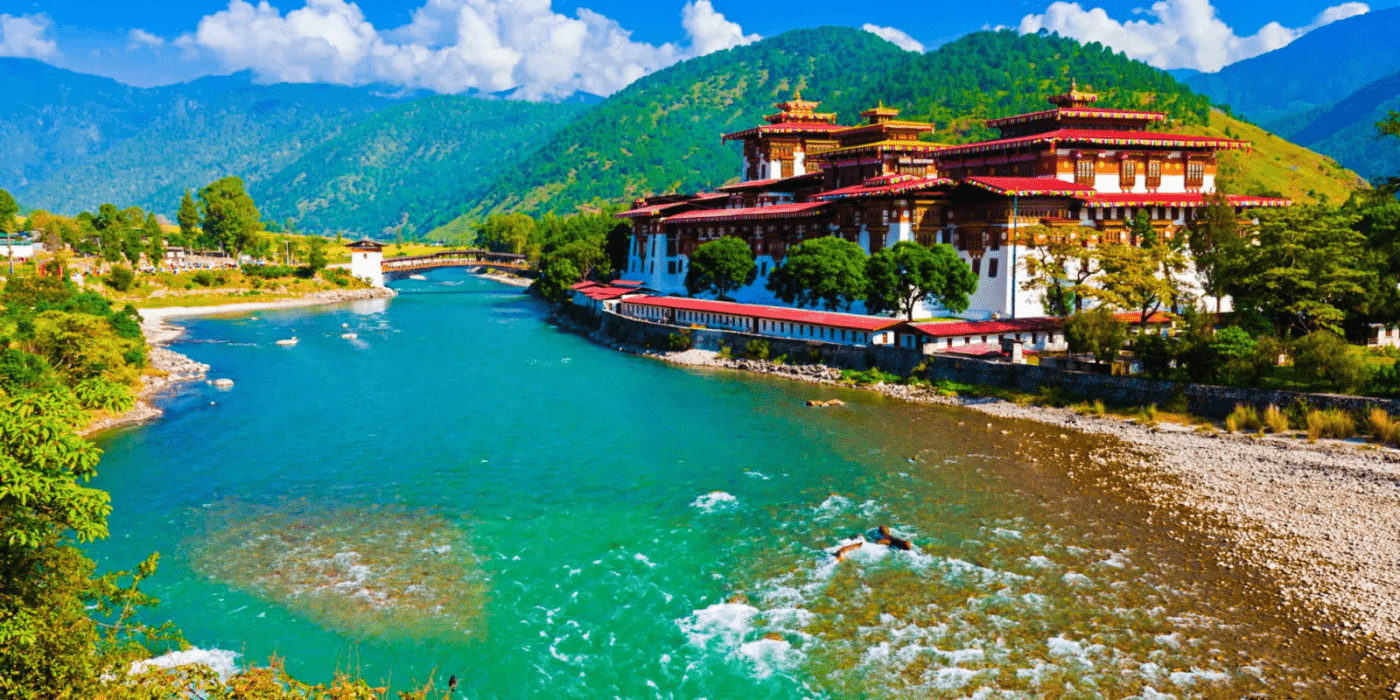
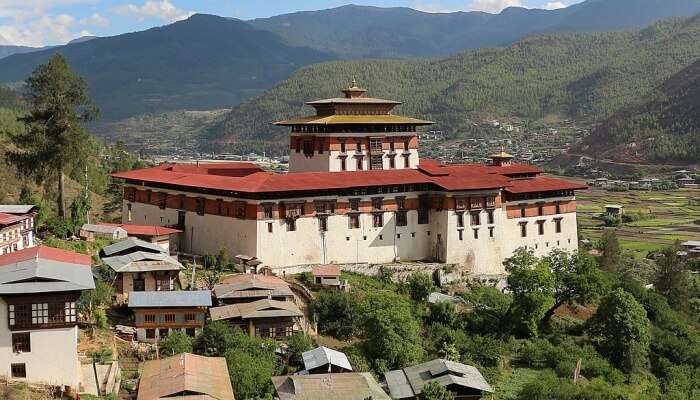

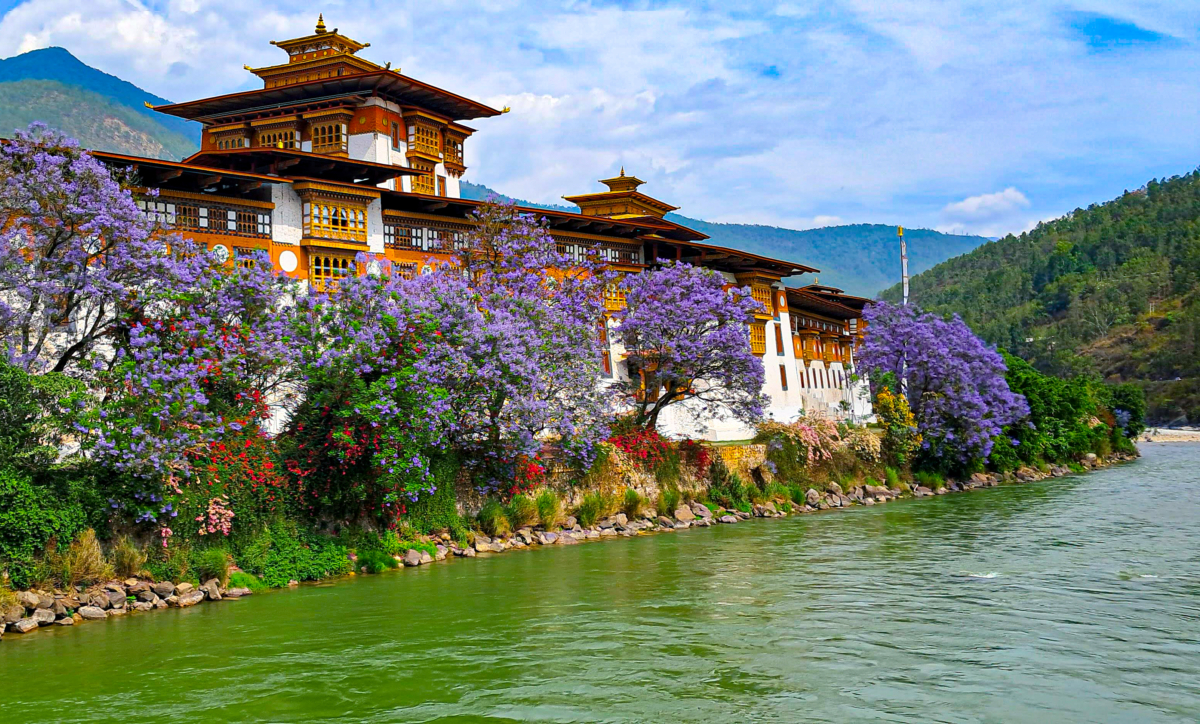
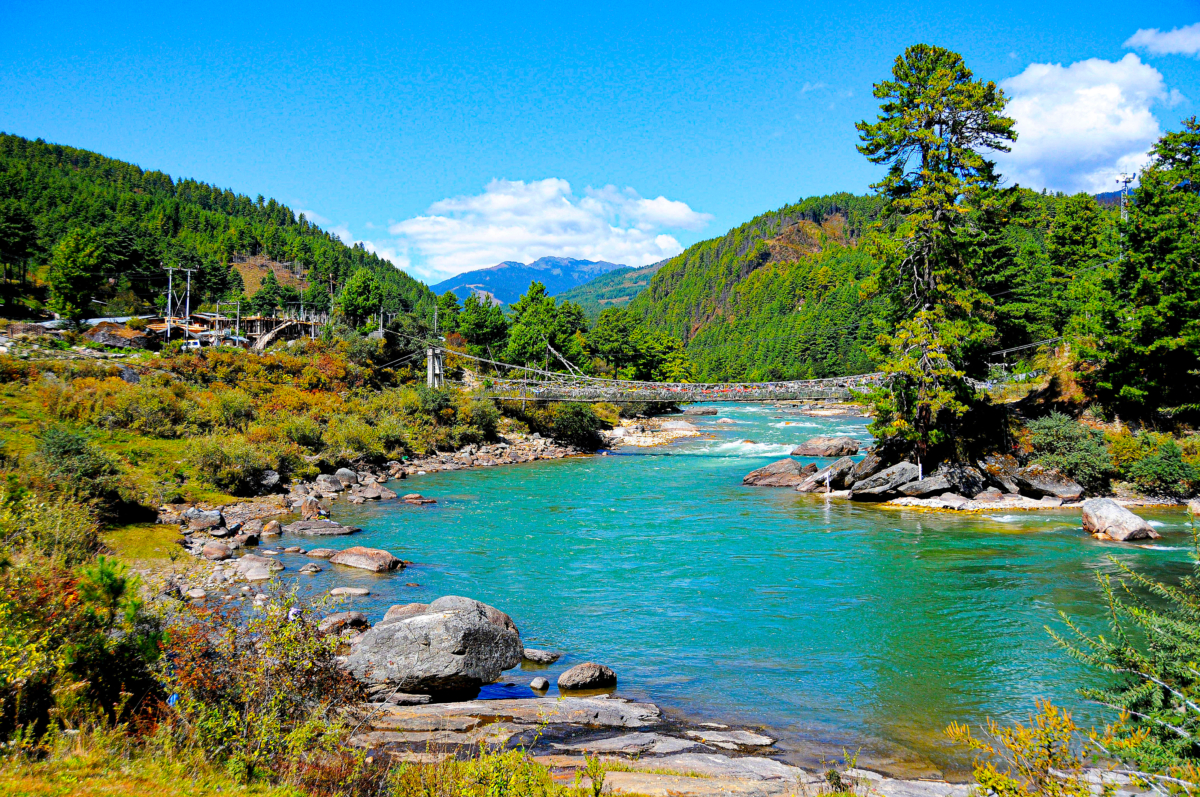
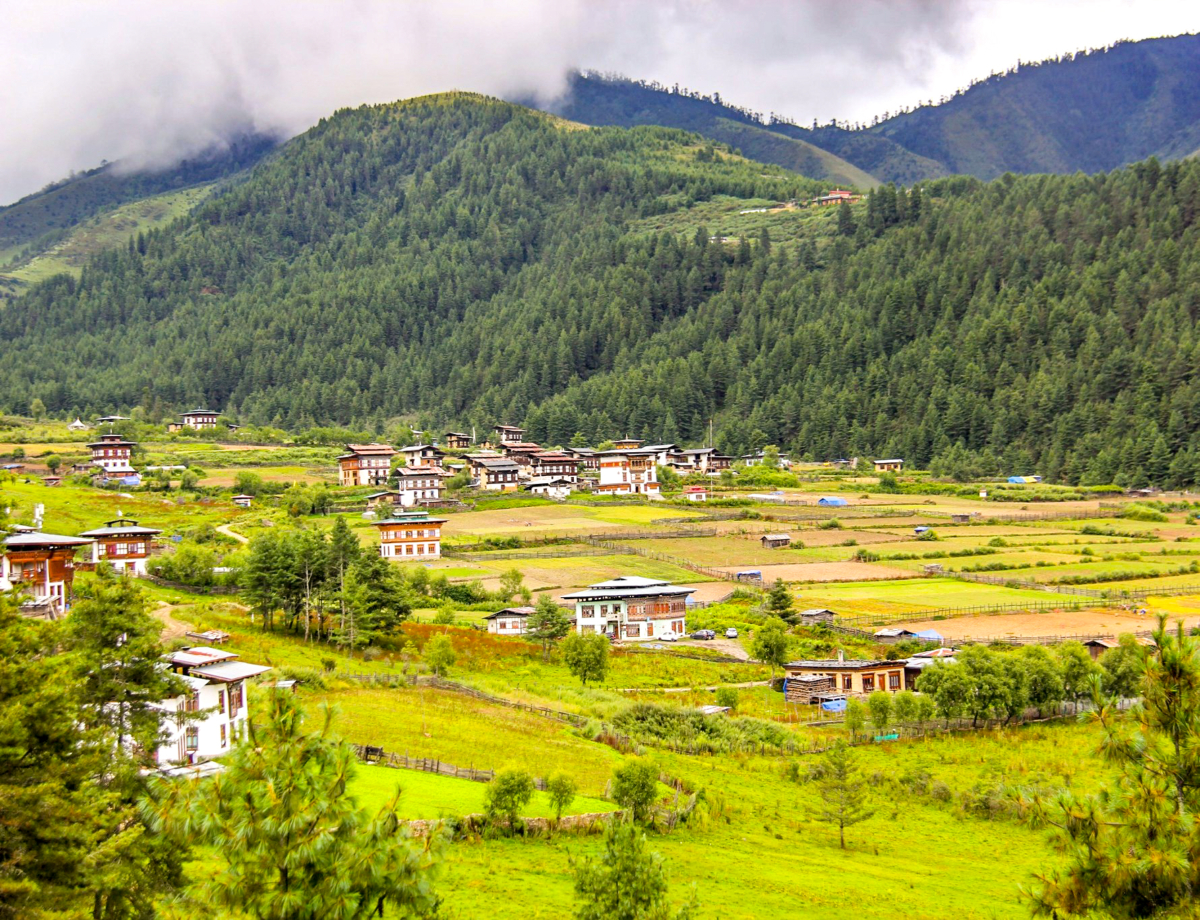
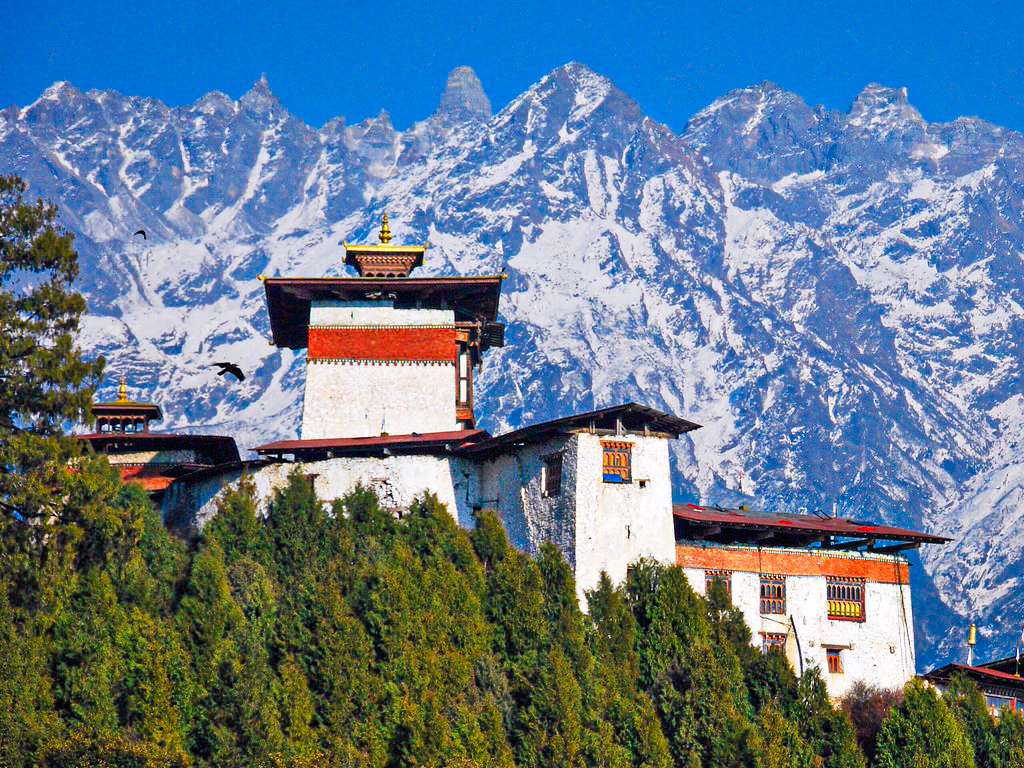
དྲན་གཏམ།
མདོ་རྒྱ་ཆེར་རོལ་པ་ལས།
སྲིད་གསུམ་མི་རྟག་སྟོན་ཀའི་སྤྲིན་དང་འདྲ།།
འགྲོ་བའི་སྐྱེ་འཆི་གར་ལ་བལྟ་དང་མཚུངས།།
འགྲོ་བའི་ཚེ་འགྲོ་ནམ་མཁའི་གློག་འདྲ་སྟེ།།
རི་གཟར་བབ་ཆུ་ལྟ་བུར་མྱུར་མགྱོགས་འགྲོ།
